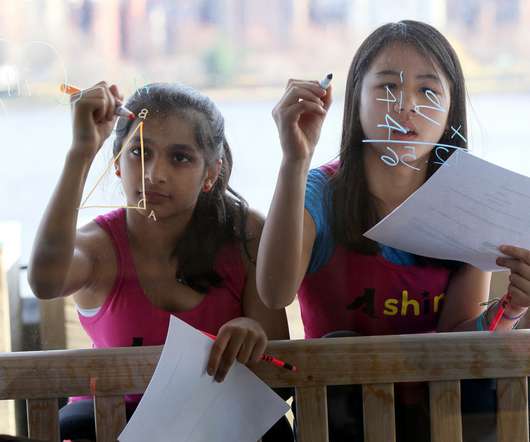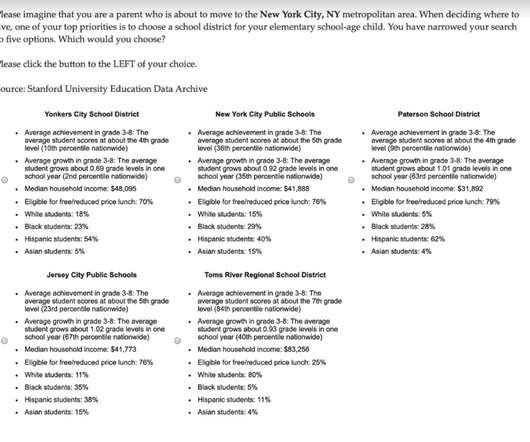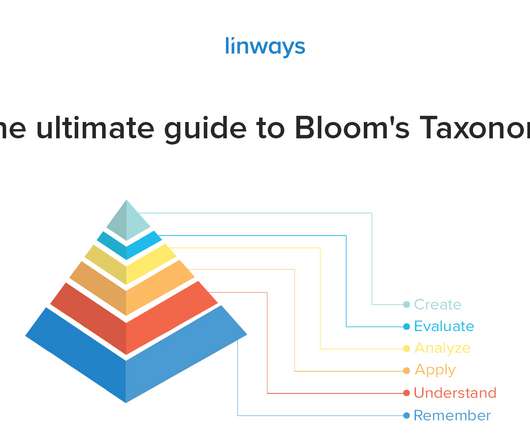The science of catching up
The Hechinger Report
AUGUST 25, 2021
Significant setbacks are especially likely for the most vulnerable students — kids with disabilities and those living in poverty, who didn’t have a computer, a reliable internet connection or a workspace to learn at home. When the No Child Left Behind law was first passed in 2001, schools got extra money to tutor students who were behind.


















Let's personalize your content